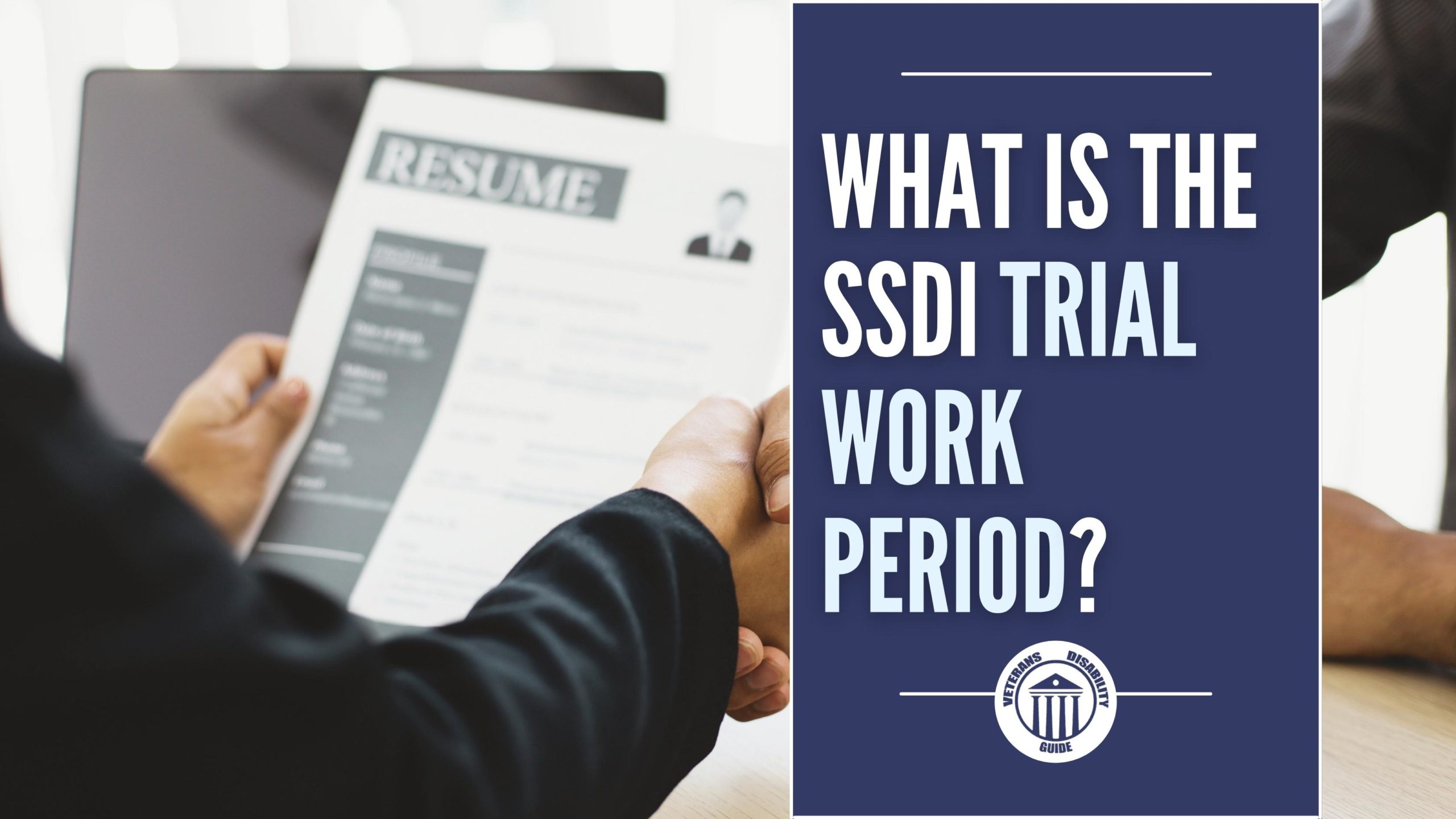
24 Feb What is the SSDI Trial Work Period?
SSDI benefits are for individuals who are unable to work and earn income due to a disability. If you are receiving SSDI benefits and you feel you may be able to return to work, the SSA offers a nine month trial work period.
SSDI Requirements
Social Security disability insurance (SSDI) beneficiaries are not able to work and earn above the substantial gainful activity (SGA) limit. The current SGA limit for 2022 is $1,350. If beneficiaries make more than this amount in earned income the Social Security Administration (SSA) can terminate their SSDI benefits.
These rules are in place to ensure that SSDI benefits are only going to those who really need them, however the SSA does not want to discourage returning to work. To help SSDI beneficiaries get back on their feet, the SSA has the trial work period (TWP).
Trial Work Period
For SSDI recipients who feel that they may be able to begin working again, the SSA offers the trial work period. The TWP is a nine month period when Social Security allows beneficiaries to return to work without risking losing their benefits.
The nine months you choose to work do not have to be consecutive. Any month that you are working and earning more than $970 will count as a month towards your TWP. Meaning, that if you start at a part time job and earn $700 one month and then $1,000 the next you will only have used one month of your TWP.
During your TWP you are able to collect SSDI and income from your job simultaneously, but you must report your earnings to the SSA.
Reporting Your Wages
While you use your trial work period you should document and report your earned wages to the SSA. You do not need to track your TWP months used, Social Security will do this for you as you report your wages.
What Happens When Your TWP Ends?
At the end of your nine month TWP, you do not stop earning your benefits. You then begin your Extended Period of Eligibility (EPE). Your EPE lasts for 36 months. During this time the SSA will monitor your work and wages to see if you can earn above the SGA limit.
The SSA will consider your condition to no longer be severe the first month you earn above the SGA, after your TWP ends and your EPE begins. They will pay your SSDI benefits for the next two months following this. After that, they will only pay you SSDI benefits for any month during the EPE that you do not earn above the SGA limit.
If you are earning above the SGA limit when your EPE ends, you will stop receiving SSDI benefits. However, if your benefits end that does not mean you are unable to receive SSDI again. For the five years after you stop receiving benefits, if you find yourself unable to work due to the same disability you had SSDI for you can request expedited reinstatement. This means that you could begin receiving benefits again without filing a new application.
Not Currently Receiving Benefits?
If you are not currently receiving SSDI benefits, or if you need to appeal a denied claim, consider contacting a disability attorney. An attorney will be able to answer any questions you may have about Social Security disability benefits and guide you through the claims process. Studies have shown that those who choose to hire legal representation for their SSDI claims are three times more likely to win benefits than those who do not
Victory Disability is a nationwide law firm. We specialize in helping disabled workers get the benefits that they have earned and deserve. To see if we can assist you, take our free evaluation by clicking here.


